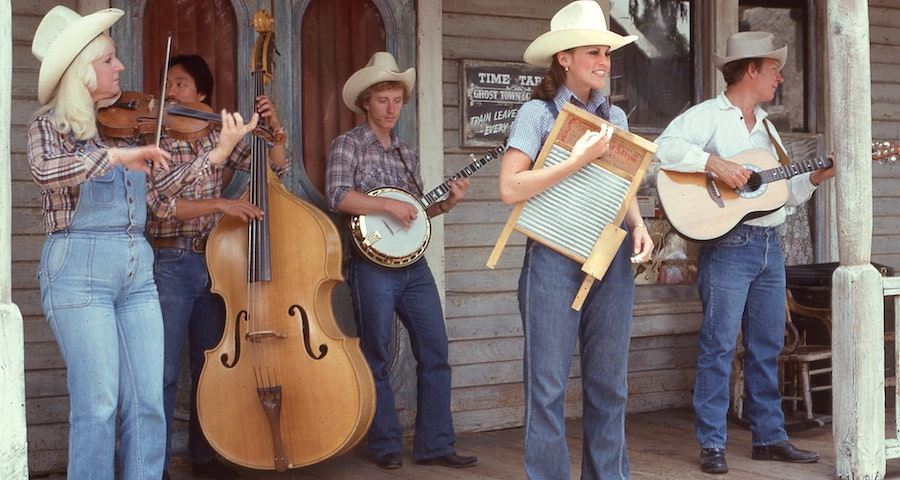
Are you a music enthusiast looking to start learning a musical instrument? Or perhaps you have always had a curiosity for the different types of musical instruments out there and want to learn more about them? Whatever the reason may be, this guide is here to give you an overview of everything you need to know about musical instruments for beginners.
From woodwind and brass instruments to stringed and percussion, this guide will cover the basics of each instrument type, how they produce sound, the different parts of the instrument, and tips for choosing the right instrument for you.
Contents
Woodwind Instruments:
Woodwind instruments produce sound by the musician blowing air into the instrument, which causes the air to vibrate and produce sound. Examples of woodwind instruments include the flute, clarinet, and saxophone.
Each instrument has its unique set of fingerings and techniques that require some practice and patience to perfect. The primary parts of woodwind instruments include the mouthpiece, reed, and keys. If you are interested in playing woodwind instruments, consider renting initially to get a feel for the instrument before purchasing.
Brass Instruments:
Brass instruments like the trumpet, trombone, and tuba, produce sound through the musician’s lips buzzing into a mouthpiece which creates vibrations that travel through the instrument and produce sound.
The different notes are played by the musician adjusting their embouchure or mouth shape. Brass instruments are typically larger and heavier compared to woodwinds, and they require a significant amount of breath control and stamina.
The main parts of brass instruments include the mouthpiece, valves, and slide. If you are looking to play brass, consider taking breathing exercises to improve lung capacity and technique.
Stringed Instruments:
Stringed instruments, as the name suggests, produce sound through a series of strings which the musician plucks or bows with a bow. Examples of stringed instruments include the guitar, violin, and cello.
Technical control and dexterity are crucial to playing stringed instruments effectively. You’ll want to make sure you have the proper grip and hand position when holding the instrument, and it takes time to build finger strength.
The primary parts of stringed instruments include the body, strings, bridge, and fingerboard. If you are interested in playing a stringed instrument, consider starting with a beginner’s acoustic guitar or renting a more expensive one for the trial period.
Percussion Instruments:
Percussion instruments include any instrument that produces sound through being struck, shaken, or scraped. Examples of percussion instruments include the drums, xylophone, and cymbals.
The primary parts of percussion instruments include the head or surface, the shell, and the stick or mallet. Percussion instruments require a sense of timing and rhythm to play effectively, and it takes physical energy to play the larger instruments.
If you are looking to play percussion, consider warming up before playing to avoid injuries, and don’t forget to have fun experimenting with different rhythms and sounds.
Choosing the Right Instrument:
When choosing the right instrument, consider your musical preferences, budget, and how much time you’re willing to spend practicing. Think about what type of music you want to play and listen to different instrument sounds to help decide. It’s also important to consider the cost of the instrument, maintenance costs, and practice space for larger instruments.
Finally, it’s important to be realistic about your goals and how much time you’re willing to spend practicing. Starting with a more straightforward instrument like the ukulele or harmonica, then working your way up may be beneficial.
Conclusion:
In summary, learning a musical instrument requires commitment and practice, but the rewards of expressing oneself through music are far beyond measure. In this guide, we’ve touched on all the essential aspects of woodwind, brass, stringed, and percussion instruments, including the parts of the instrument, how they produce sound, and tips for choosing the right instrument. So, take the first step in your musical journey and start exploring the wonderful world of musical instruments.
